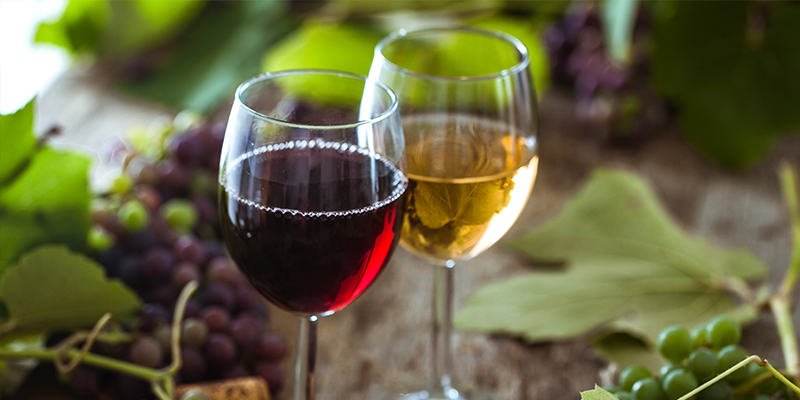Wine Store Maryville Tennessee
The Wine and Spirits Cellar
Our team has years of dedicated experience helping guests find the right beverage for the right occasion.
Tips On How to Pair Wine
Are you just getting started with wine pairing? You’ll find these tried-and-true methodologies to create consistently great pairings. That said, as you get more familiar with different wines, you’ll become confident and can experiment breaking the rules!
- The wine should be more acidic than the food.
- The wine should be sweeter than the food.
- The wine should have the same flavor intensity as the food.
- Red wines pair best with bold flavored meats (e.g. red meat).
- White wines pair best with light-intensity meats (e.g. fish or chicken).
- Bitter wines (e.g. red wines) are best balanced with fat.
- It is better to match the wine with the sauce than with the meat.
- More often than not, White, Sparkling and Rosé wines create contrasting pairings.
- More often than not, Red wines will create congruent pairings.
Identify The Basics Tastes
In good ole 2021, we’ve learned that there are over 20 different tastes found in food. From the basic, including sweet, sour and fat, to the extreme, including spicy, umami and electric. You only really need to focus on 6 tastes when pairing food and wine: Salt, Acid, Sweet, Bitter, Fat and Spice (Piquant).
Basic Taste Components in Wine
- Red wines have more bitterness.
- White, rosé and sparkling wines have more acidity.
- Sweet wines have more sweetness.
Basic Taste Components in Food
Simplify a dish down to its basic dominant tastes. For example, baked macaroni has 2 primary components: fat and salt. Southern barbecue is a bit more complex and includes fat, salt, sweet and spice (plus a little acid!). Even dishes without meat can be simple. For example, a green salad offers acidity and bitterness; creamed corn offers fatness and sweetness.
Be sure to follow us on Facebook!

